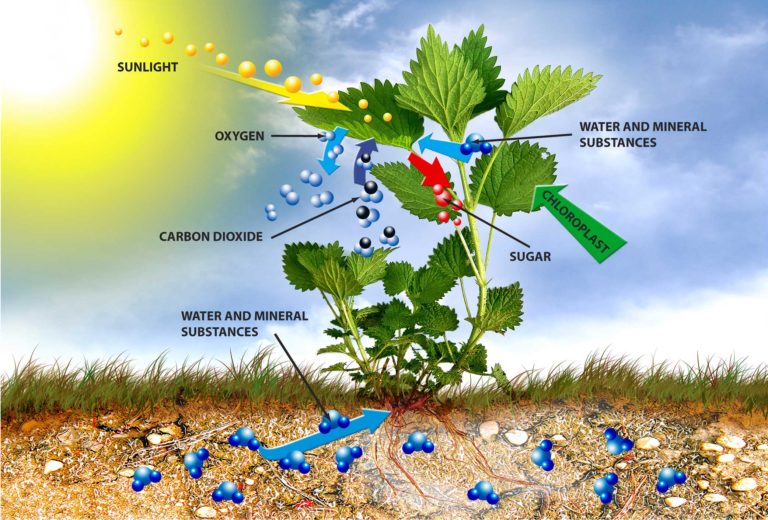Being Human & Being Plant :
Article by: Infinity.Info
In the beginning the conditions on
Earth were limited and the first cells formed from Molecular building blocks. It
is selected this early organisms were single celled prokaryotic Such as
bacteria that lack a defined nucleus. Billion and half year later, Eukaryotic such
as amoebas. Appeared single celled organisms that processes. Bonded nucleus and
relay on oxygen to function. These two categories of cells have resisted.
Through time in an unbroken sequence. While also evolving into the myriad and
astonishing diversified life from found on the planet.
We should not be viewed as the Simulation of life on earth like all situations involving natural selection, the pathway that leads to home, as it was not predetermined but Variable a sequence of remaining favorable circumstances was necessary for the human species to evolve.
This Event occurred some 65 million years ago. Dinosaurs still might be the dominant vertebrates on the planet as they had been for the 100 million years during which they coexist with pearly manners. If one group of Organism is to be singled out for its longest and adaptability it is a bacterium. Bacteria have been here since the beginning and in all likelihood will be here at the end.
What is meant by cell?
The smallest structural and functional unit of an
organism, which is typically microscopic and consists of cytoplasm and a
nucleus enclosed in a membrane.
What is meant by prokaryotic?
Any Organism composed of only One cell
or any singular Organism which Lacks a distinct nucleus is called Prokaryotic.
What is meant by eukaryotic?
Any Organism composed of one or more
cells, each of which contained a clearly defined nucleus enclosed by a
membrane, along with organelles small self contained cellular parts that
perform specific function are called Eukaryotic.
As there were Plants along with the
human species and organisms. Plant has a specific System for growth which is
known as photosynthesis in science.
What is meant by photosynthesis?
Photosynthesis user Life process powered by the sun. Directly or indirectly, through the food chain it fuel most life on Earth. Photosynthesis is carried out by green plants and some type of allergies as well as Cyanobacteria (Form formally Known as Blue green algae) And related Organism.
Which are responsible for Most of photosynthesis In ocean. In the process of photosynthesis, plants capture sunlight and absorb carbon dioxide from the atmosphere. The light and see O2 combines water with brought in by plant root. The end product is sugar food for the plant. A waste product is oxygen. Respired out through the plant leaves Thus plants use the carbon dioxide that animals breathe out and provide the oxygen that animals breathe in Photosynthesis provides all the food we eat.




